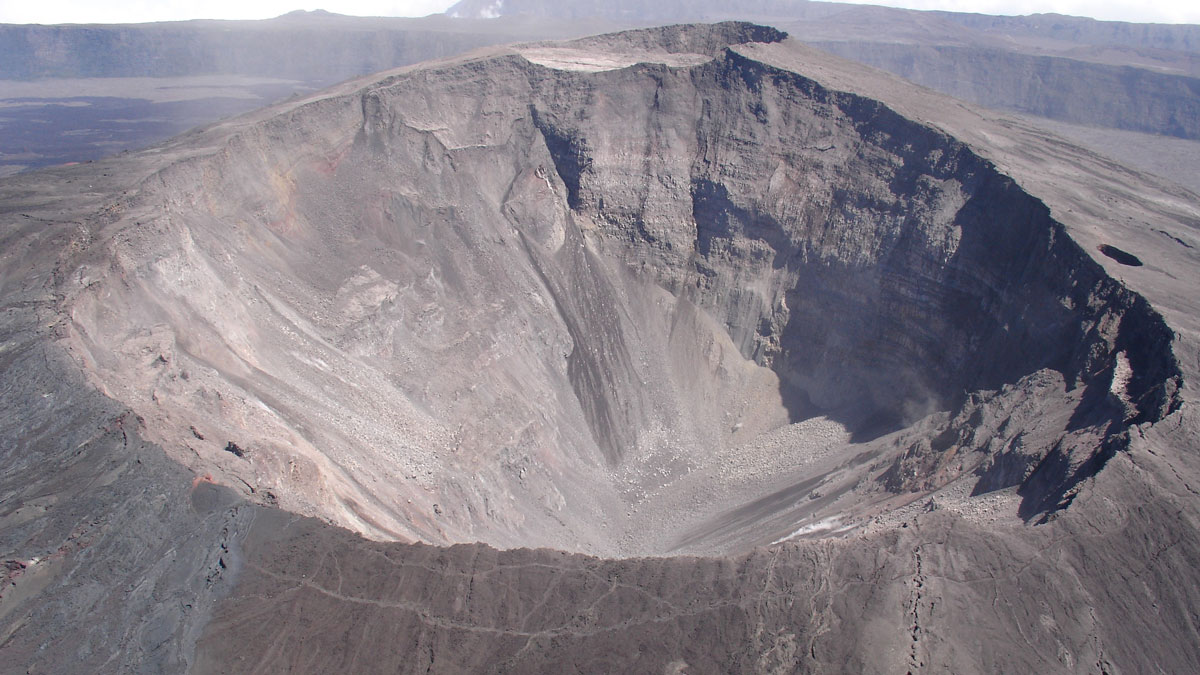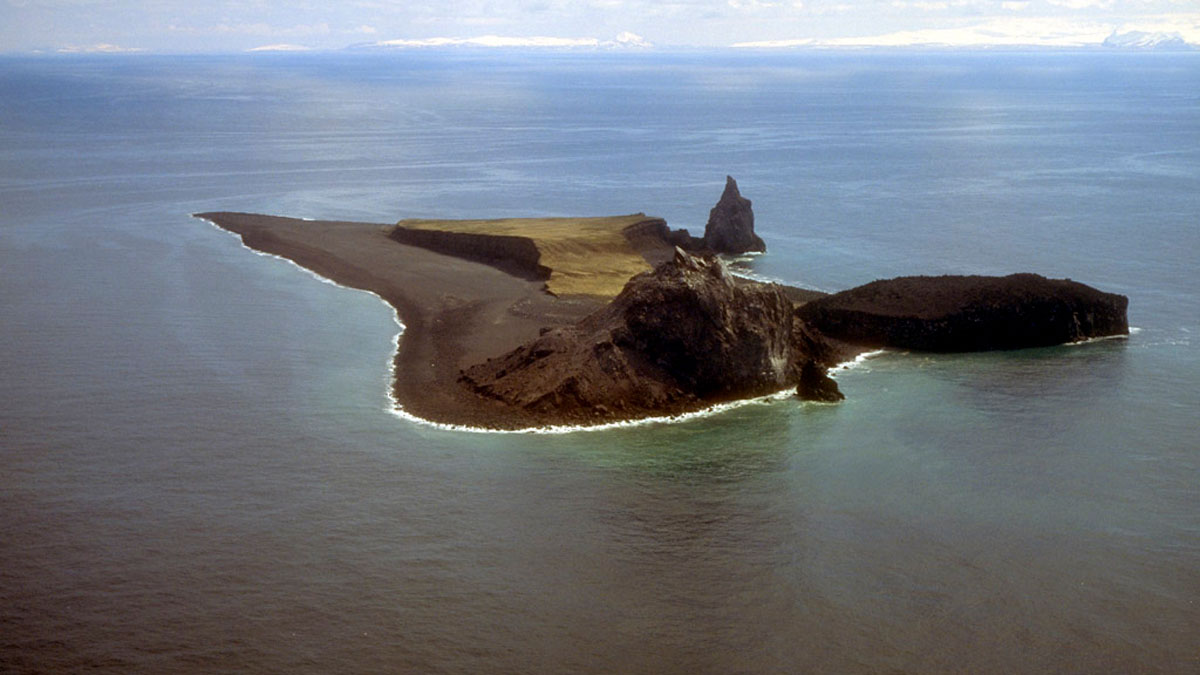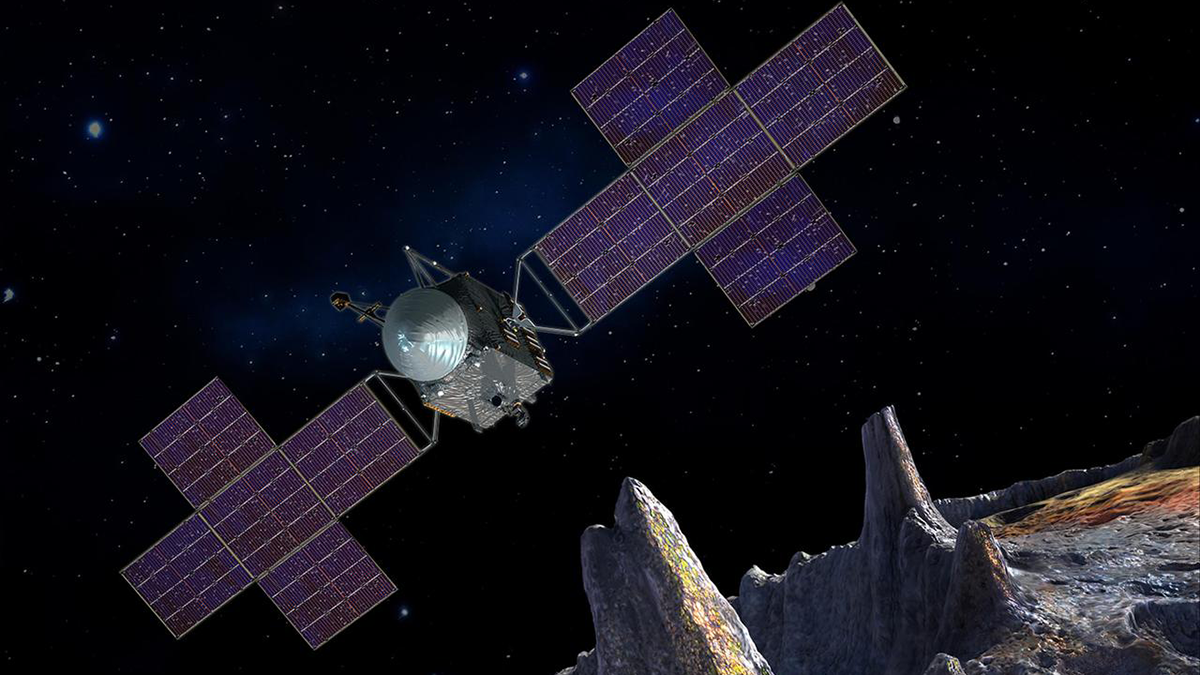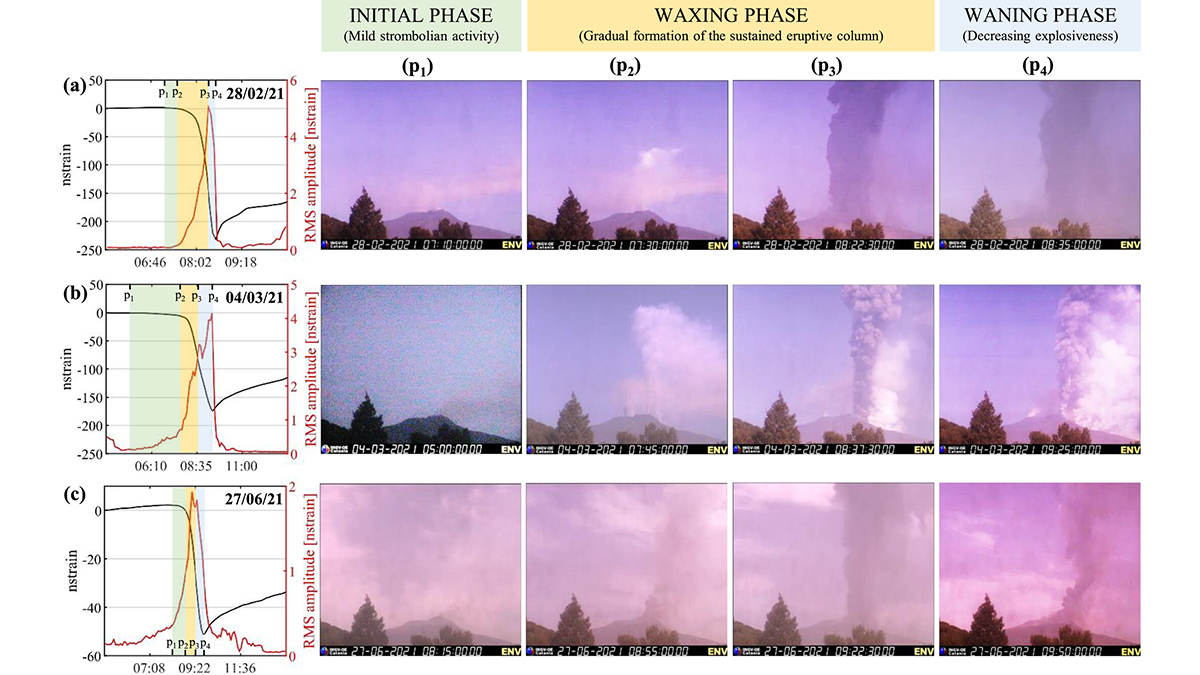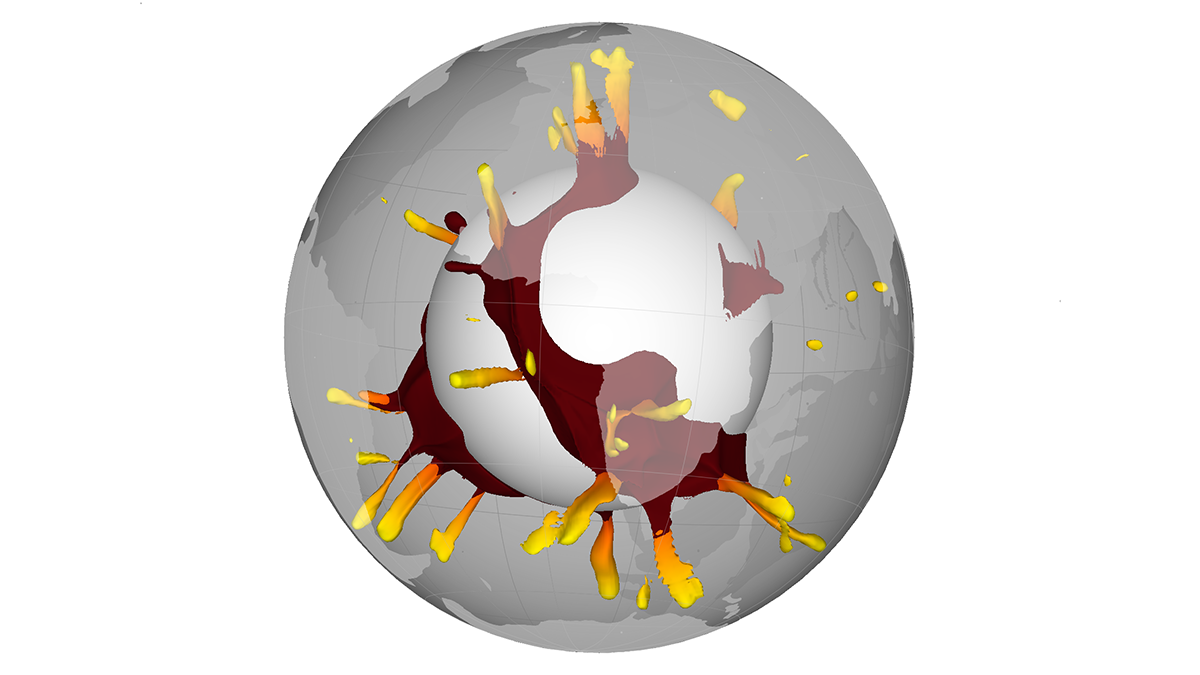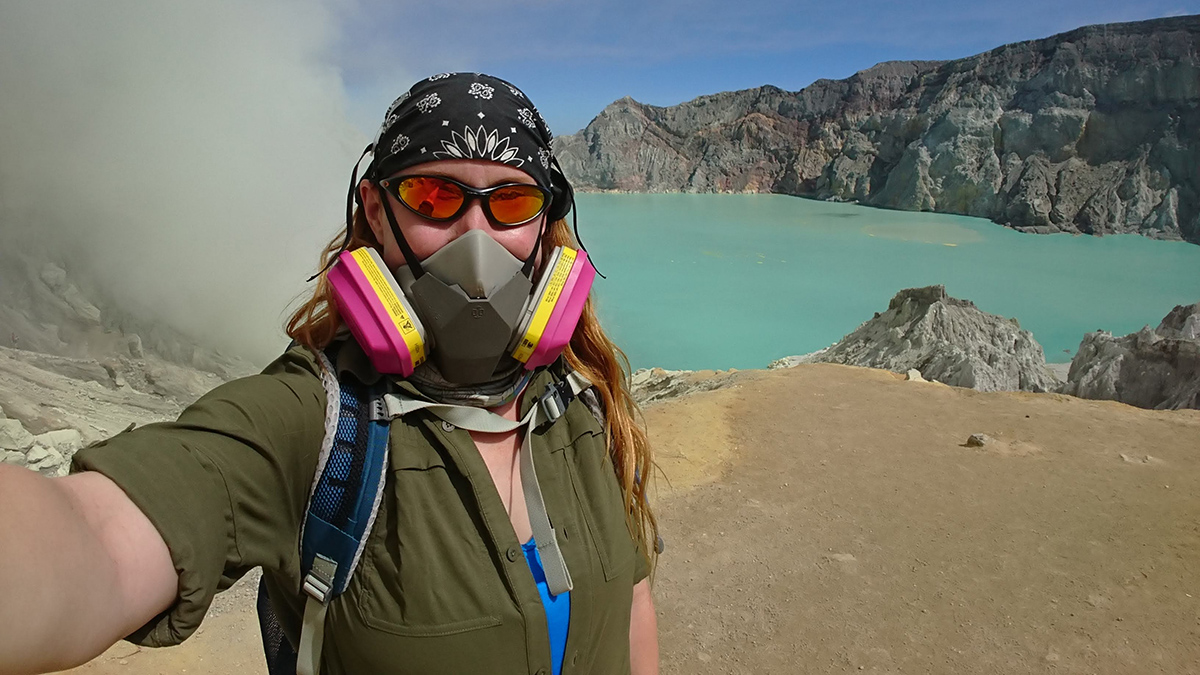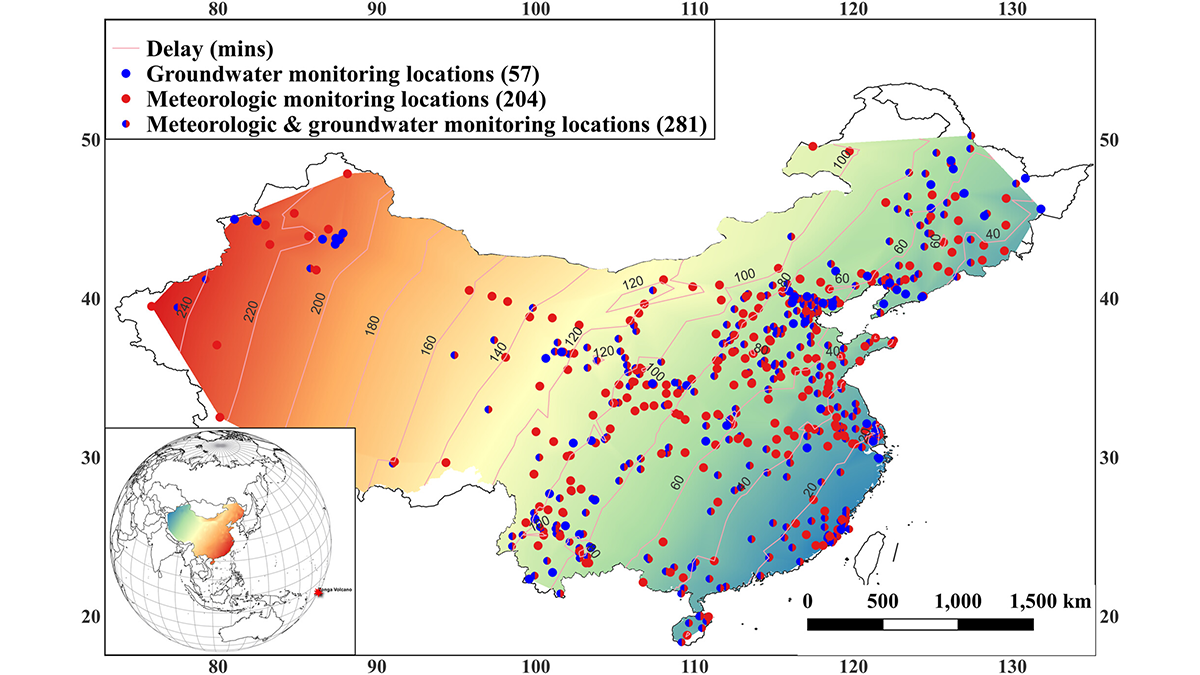Research into the hazardous collapses of basaltic volcanoes has revealed common physical processes, but addressing remaining questions requires learning more from historical events.
volcanoes
Crystal Clusters Contain Clues to Magma’s Past and Future Eruptions
It’s now become easier to forecast the next eruption of Alaska’s Bogoslof volcano. New research led by Pavel Izbekov, a volcanologist at the Alaska Volcano Observatory, is applying the foundations of diffusion chronometry—the study of chemical change in crystals over time—to a new eruption forecasting approach. Izbekov’s team used crystal clusters and their collective records […]
Complex Plumbing Dynamics for Kīlauea Volcano
A new analysis of subtle seismic velocity changes provides insights into the coupling of magma reservoirs of Hawaiian volcanoes.
Webb Telescope Spies Io’s Volcanic Activity and Sulfurous Atmosphere
New James Webb Space Telescope images reveal cooling lava, volcanic sulfur monoxide gas, and sulfur gas emissions created by interactions between plasma and the moon’s atmosphere.
Volcanic Eruptions in One Hemisphere Linked to Floods in the Opposite One
Asymmetric volcanic plumes may shift equatorial weather patterns and increase tropical stream flow, according to new simulations.
Are There Metal Volcanoes on Asteroids?
Upcoming NASA observations may reveal whether ferrovolcanism shaped 16 Psyche’s metallic surface and hidden interior.
Long-Term Strain Record of Mount Etna Captures 84 Fountaining Eruptions
Scientists use over a decade of high-resolution data to demonstrate that strain signals provide a better match to eruptive style than seismic tremors.
Blame It on the BLOBs
For decades, scientists have suspected that large volcanic eruptions have their origins in two mysterious massive regions at the base of our planet’s mantle. Now, it’s been statistically proven.
Jess Phoenix: Curiosity Unfettered
After leaving her Ph.D. program, this geologist leaned into saying yes when exciting new opportunities arose.
A Volcanic Boom Puts the Squeeze on Remote Confined Aquifers
A new study shows that ground water levels responded to forcing by barometric pressure pulses from the 2022 Hunga Tonga-Hunga Ha’apai Volcanic Eruption.

